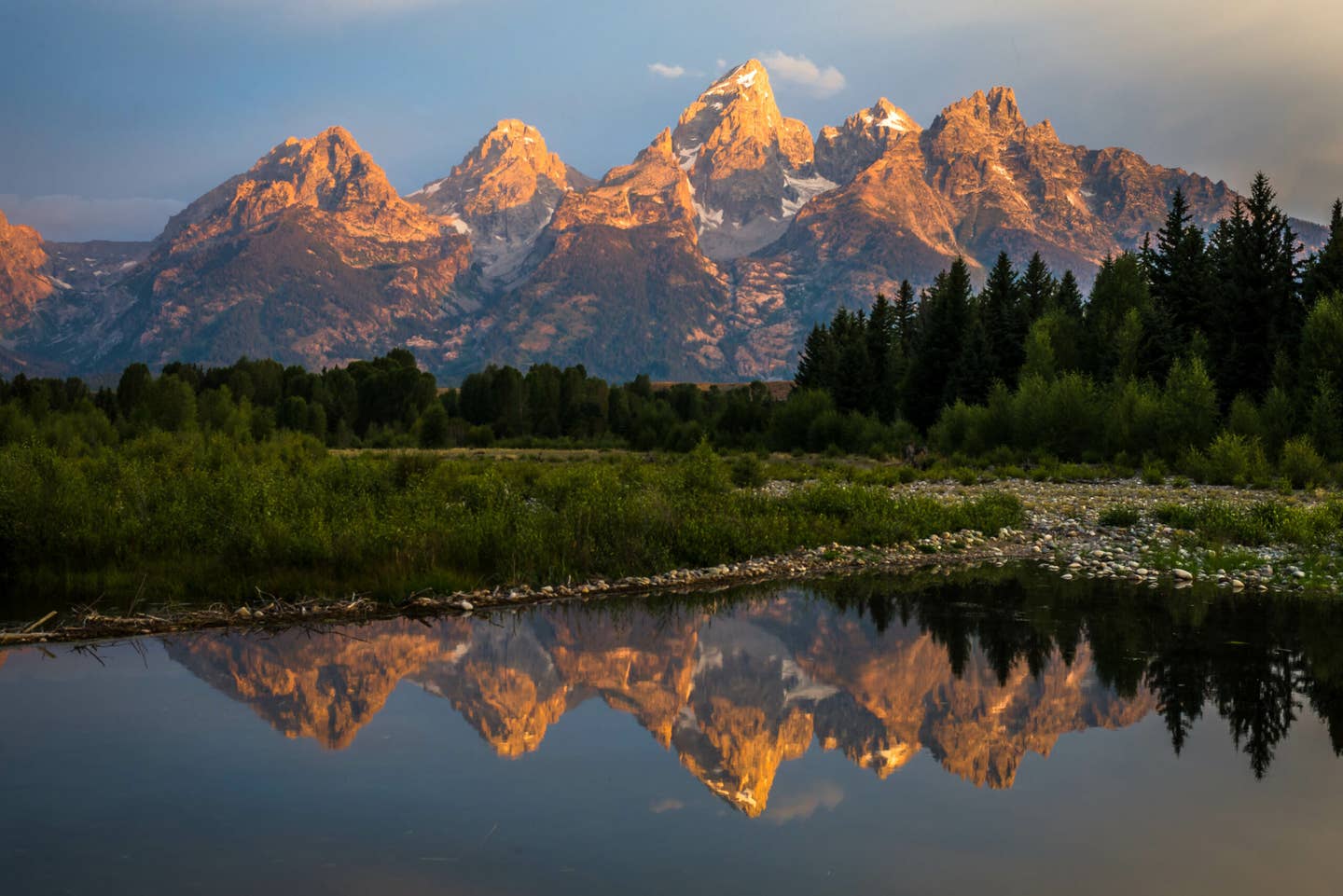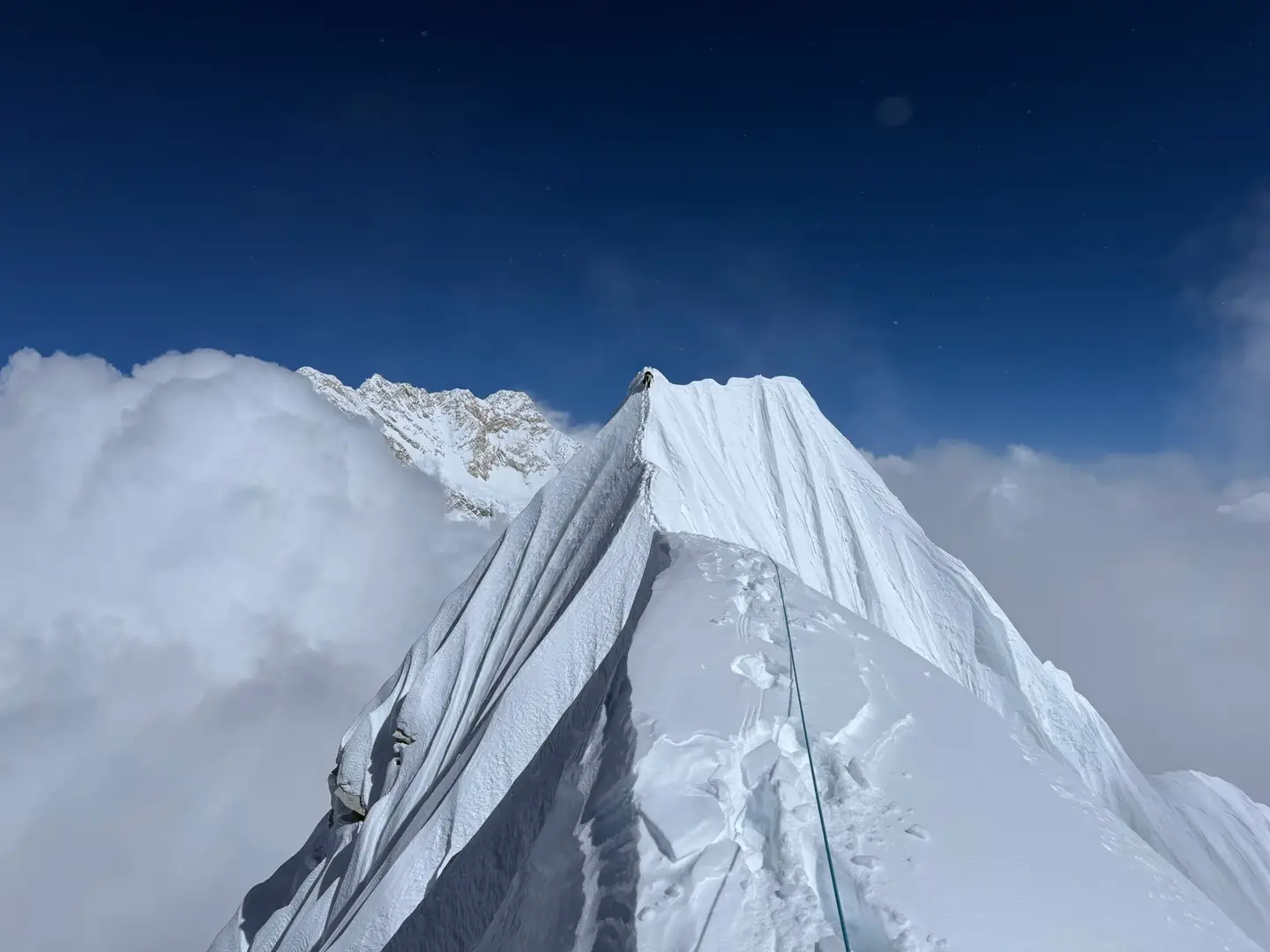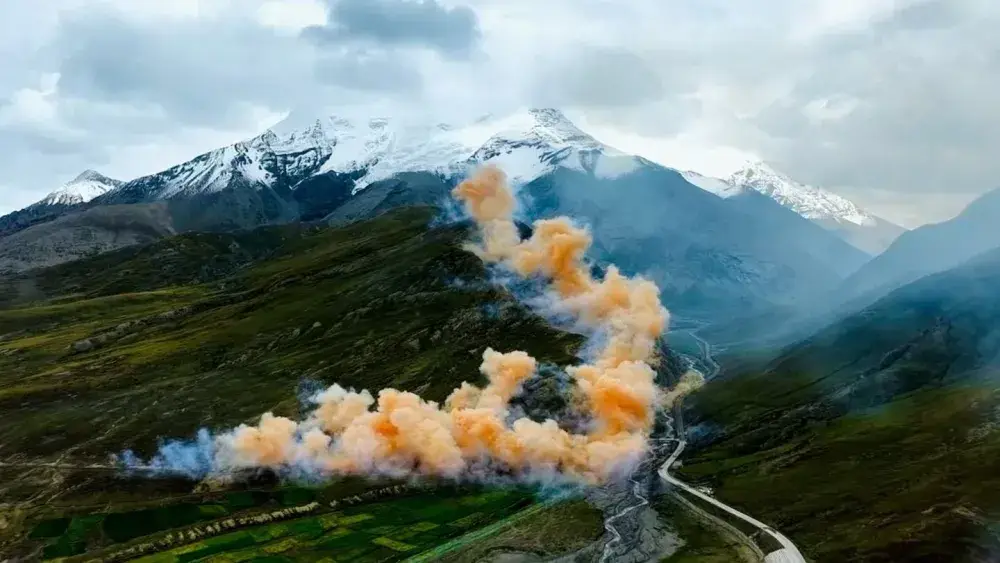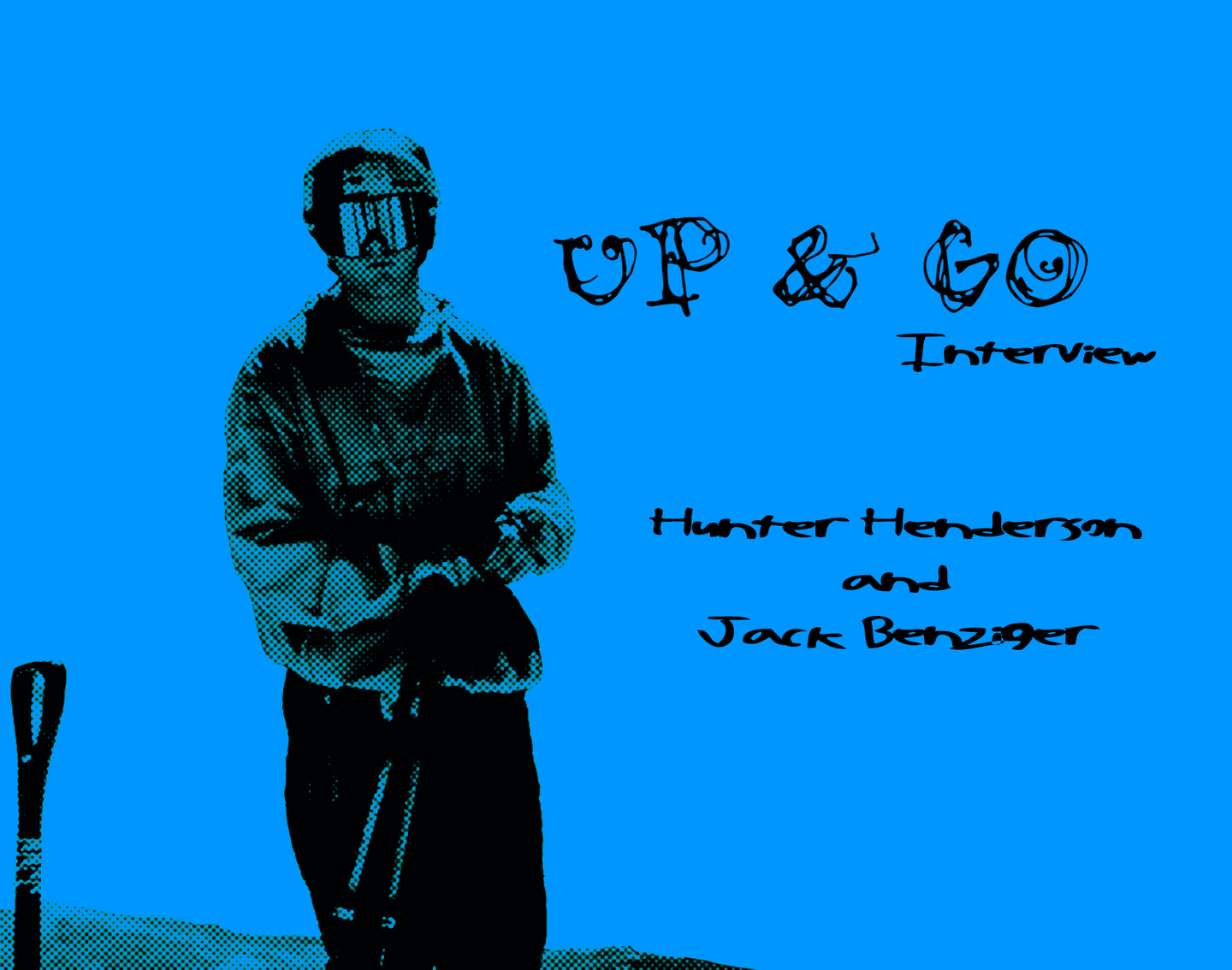

Up & Go: Hunter Henderson and Jack Benziger Break Down the Project
Shop Now
Popular Stories
Stepping outside the contest world isn’t easy when your entire season revolves around it, but over the past two years, Hunter Henderson found a way. In the small gaps between slope events and travel days, he worked with filmer Jack Benziger to chase storms across Utah, Wyoming, BC, Alaska, and Japan; stacking clips whenever conditions and schedules allowed.
The result is Up & Go: Hunter’s first backcountry project, built through long drives, changing plans, mixed weather, and unstructured terrain. We sat down with Hunter and Jack to talk through how the film came together and what they learned along the way.

Hunter Henderson
What first pushed you to step outside the contest world and start a full backcountry film project?
Hunter: I’ve wanted to step into the backcountry for a long time, but it always felt like something I’d get to “eventually.” Over the last couple seasons I have been traveling and competing with my teammates who pretty much all film and compete in the same season. This constant drive to get clips during the “off time” between competitions was really inspiring for me. The idea turned into a real project when I realized I could do this too. One day last fall, I called Jack Benziger to see what his plans were for the season. He said he would be filming for another Variance movie but could fit me in as well. From there, I had the right people around me, and the motivation was there. It went from a distant goal to something I needed to commit to.
You were balancing a heavy comp schedule while chasing storms across Utah, Wyoming, BC, Alaska, and Japan. How did the constant back-and-forth between contests and filming affect your mindset and the way this project unfolded?
Hunter: It definitely kept me on my toes. One week I’d be focused on a perfectly shaped course in a comp, and the next I’d be in the backcountry with zero guarantees. Switching gears that fast was tough at times, but it also kept everything fresh. The travel and juggling made the project a little messy in the best way; it forced me to adapt and make the most of whatever window we had.
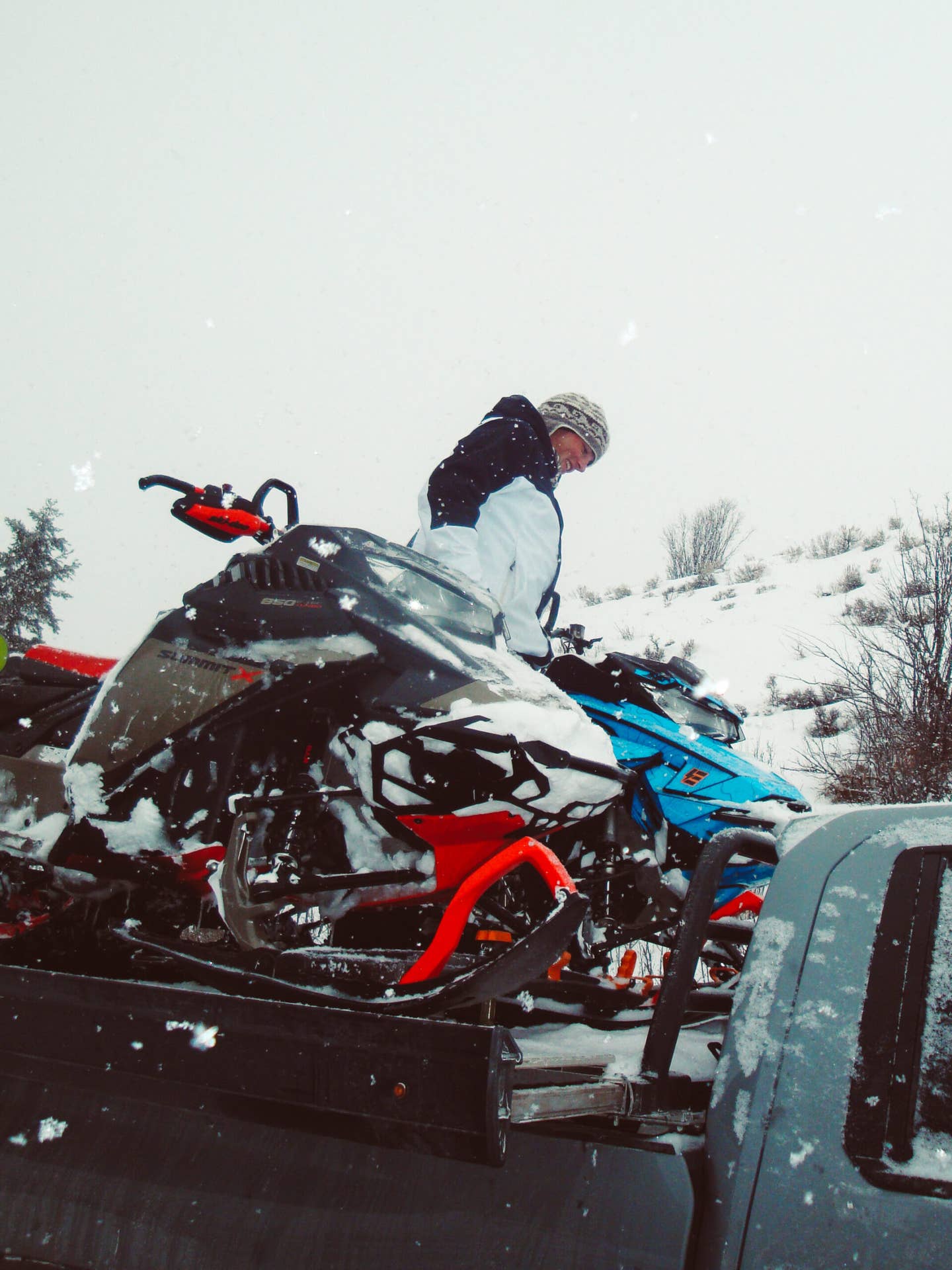
You’ve been part of big productions and elite-level events for years. What made this film feel different from your past experiences in skiing?
Hunter: This one felt personal. In contests you’re fitting into a structure that already exists. With this project, it was our vision from the start, no format to follow and no expectations to meet. Every decision, good or bad, felt like it mattered. That freedom made the whole thing feel way more meaningful.
You’ve said this is your first real chance to show who you are outside the contest ropes. Which parts of your vision stayed intact from the beginning, and what changed once you got deeper into the backcountry?
Hunter: The main idea stayed the same: ride natural terrain, push myself in new ways, and show a side of my skiing people haven’t seen. What changed was how we got there and how much more effort it took than I originally thought. Once you’re in the backcountry, the plan and vision can change quickly. Lines I thought would be banger clips didn’t work out, and spots we almost skipped ended up being some of the best days. The vision stayed consistent, but the path kept shifting.
Filming in the backcountry means dealing with weather, snowpack, and chaos. How much of this project was planned versus completely spontaneous; and where did the best moments come from?
Hunter: Honestly, most of it was spontaneous. We’d plan a trip and at the last minute end up somewhere completely different because the snow was better. For example, in April we were going to stay in Utah to film but snow was getting bad. One night, almost instantly, we decided to drive to the Pacific Northwest from Utah. When we made that decision there was a lot of uncertainty, but once we got there we ended up staying for almost two weeks and got some of the best clips and had some of my favorite moments from this entire experience.

Looking back on the past two seasons, is there one day, zone, or line that captures the spirit of the entire film?
Hunter: One of the zones that sums up the whole project was when I brought Konnor Ralph and my sister Grace to this resort in Japan where it literally never stopped snowing. It dumped so hard that getting around was a mission, and stacking clips felt almost impossible at times. But even with all the ups and downs, we had an unreal time out there. And somehow, in between the chaos and nonstop snow, we still walked away with some of my favorite shots from the whole film.
You spent a lot of time working closely with Jack throughout this project. How did his approach behind the camera help shape the tone, style, or direction of the film?
Hunter: Jack has a way of seeing skiing that’s unique to the rest. He never forced a shot or tried to make the spot or trick something that it wasn’t. He captured what was really happening, and that shaped the whole tone of the film. He also pushed me in the right ways — whether it was hiking up for another hit. His style matched exactly what I wanted this to be.
If you had to describe the entire experience of making your first backcountry project in one word, what would it be, and why?
Hunter: Transformative.
Because it changed how I look at skiing, and honestly, how I look at myself as a skier. It pushed me physically, mentally, and creatively, and it opened a door I’ve wanted to walk through for a long time.

Sign Up for the TGR Gravity Check Newsletter Now
Jack Benziger
When the idea of a full backcountry project first came up, what made you feel like Hunter was ready to take that step?
Jack: In the fall last year Hunter and I came together and committed to making his first backcountry film. The season prior I had the opportunity to get Hunter out to film a couple spots in Utah when we were filming for our last Variance project, Maybe I Should. After getting out in the backcountry with Hunter, I saw the potential and drive he had to showcase his skills outside the slope course.
Hunter is known for dialing in for contests. How did you approach capturing a different, looser, more expressive side of his skiing in the backcountry?
Jack: With very limited time to get clips with Hunter’s busy schedule, when we were out in the backcountry we were hungry. Trying to get as much done as possible in the short amount of time we had. With somebody as busy as Hunter, every day counts. I feel the objective in competition is different, but overall the approach and the vibe are kind of similar when you are with a high-class athlete like Hunter.
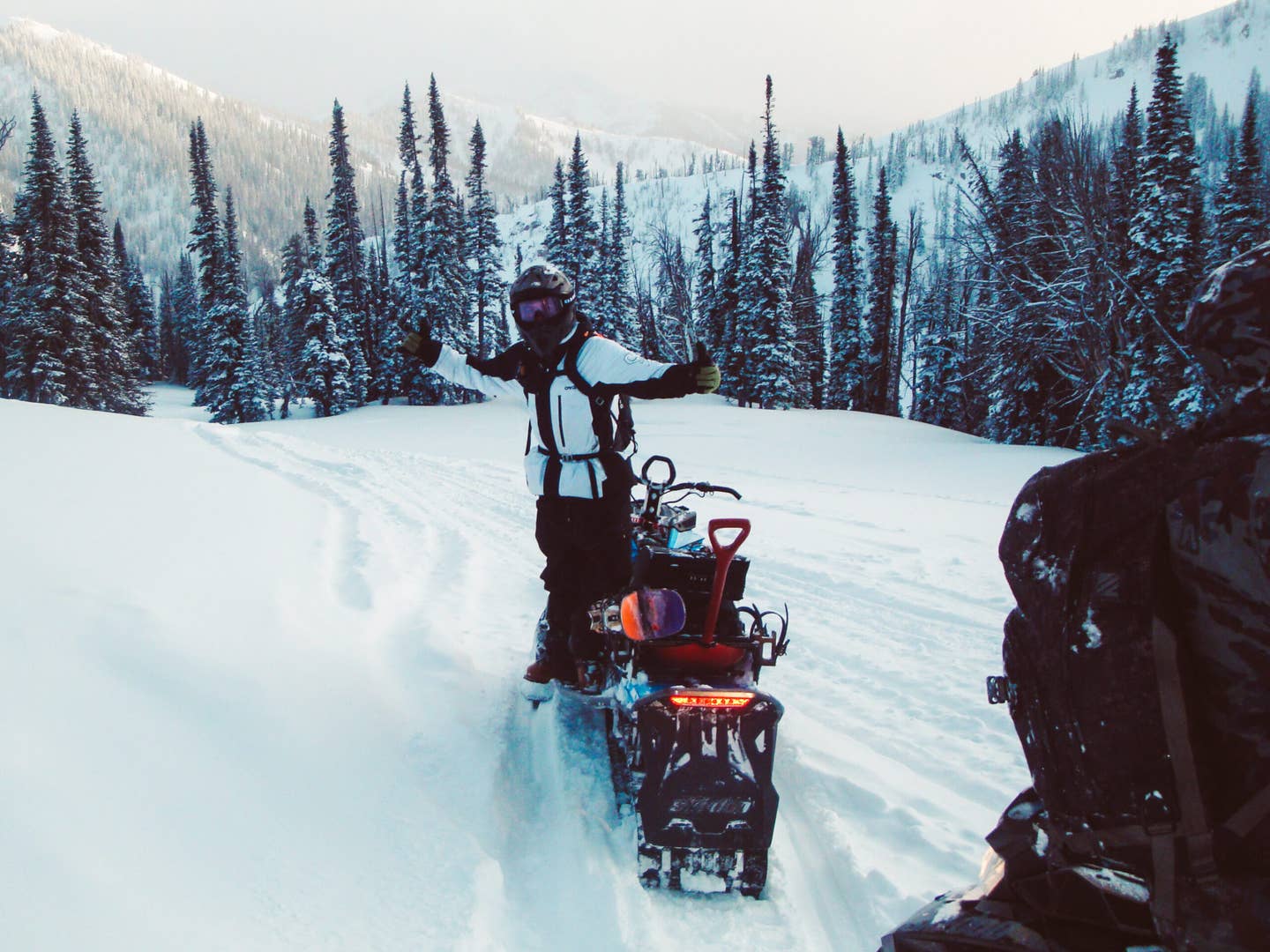
Which part of shooting this project challenged you the most; logistically, creatively, or technically?
Jack: When we were in Wyoming it was so cold, and every day of that trip Mac Forehand wanted to get out on snow earlier. On one of the days when we pulled up to the trailhead at 6:15 a.m. it was –16°F. When we started our very cold and pretty dark approach into the zone, about 10 minutes in, I looked back at my sled rack to realize my rack straps had broken due to the cold, and I had lost my tripod. I was able to find the tripod quickly, which was good, but when I look back at the Wyoming trip I will always remember how cold it was out there. I even double-socked for the first time in my life, and also learned that tuffys are great for standing on when you are in negative temps all day.
Across all the zones you filmed in, was there a location or moment that defined the film for you?
Jack: Although Japan was such a cool experience and definitely a bucket-list item to check off, our time in Utah this spring really defined the film for me. Although we didn’t have too much time in Utah before Hunter had to go to Mammoth, we had some really productive days on home turf. It’s always towards the end of the process of filming when it all starts coming together. We also had a super memorable sesh on the Alta Fence jump for the last day filming this project, which really rounded out the whole year and ended on a pretty good note.

If you could give yourself one piece of advice before starting a two-year, multi-country backcountry project, what would it be?
Jack: Just being flexible with plans, locations, and really just going with the flow. Shoot more b-roll ALWAYS haha You can never have enough. I definitely feel like I could have made more of a point to get some b-roll traveling, but was always so locked in on lugging our gear everywhere.
Any plans for another Hunter video?
Jack: I am sure there will be plans in the future for another Hunter project. With this year being an Olympic year, we might not see as much from Hunter this year, but in the years to come I am sure Hunter will continue to showcase his skiing outside of the competition scene.
Up & Go is exactly what it sounds like; two seasons of grabbing every window, loading the car, and heading toward whatever zone had snow. It’s a project built on momentum and making things happen.
Watch Up & Go linked below.


